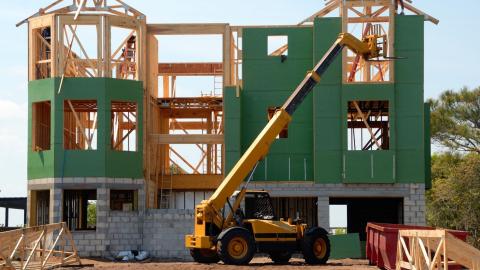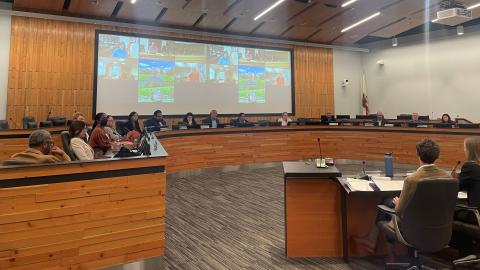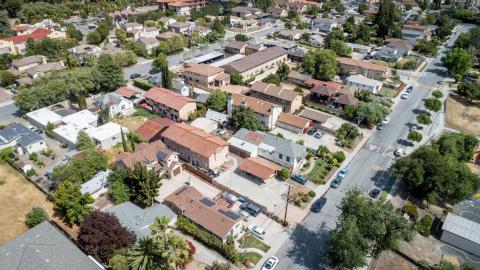
Enterprise Community Partners (Enterprise) and the Bay Area Housing Finance Authority (BAHFA) today released the Bay Area Affordable Housing Pipeline 2024 Report, which analyzes affordable housing projects in various stages of predevelopment and identifies solutions for moving them toward completion.
The updated research reveals there are now 433 projects in various stages of predevelopment that would create more than 40,896 affordable homes across the nine-county Bay Area. These would account for nearly a quarter of the 180,000 affordable homes the state’s Regional Housing Needs Allocation (RHNA) Plan determined are needed in the Bay Area by 2031.
Affordable housing developments typically are supported by a capital “stack” investment that includes a commercial mortgage; Low-Income Housing Tax Credits; tax-exempt bonds; and additional local, regional and state dollars that fill the gap between the cost of the development and the financing secured through debt and equity. The new report calculates that the hundreds of Bay Area projects now in the predevelopment pipeline need $9.7 billion in public funds to move forward, and that a $20 billion regional bond measure proposed for the ballot in Bay Area counties this fall would help close this gap.
“We’ve been stuck in an affordable housing crisis that has overwhelmed the region. The November ballot presents an opportunity to unlock thousands of affordable homes for Bay Area residents,” said Heather Hood, VP and Northern California Market Leader at Enterprise. “We expect voters to have a chance to end our housing crisis and deliver the dignified, healthy homes the Bay Area community needs and deserves.”
The predevelopment pipeline includes projects in all nine Bay Area counties. These include more than 10,000 units in both Alameda and Santa Clara counties, with another 8,400 affordable homes pending development in San Francisco and more than 3,000 units in both San Mateo and Sonoma counties.
Project pipelines in other Bay Area counties range from over 300 affordable homes in Solano County to 1,173 units in Marin County; nearly 1,500 homes in Napa County; and over 2,500 units in Contra Costa County. Each Bay Area city, town or county currently is working on its own to meet the challenges of housing affordability and homelessness.
“The need for affordable housing transcends jurisdictional boundaries. BAHFA’s proposed bond measure would finally allow our Bay Area to take a regional approach to a regional problem,” said BAHFA Director Kate Hartley. “With significant new resources for every county, we can build at scale, deliver equitable solutions, and create a better way to deliver the affordable homes Bay Area residents need.
The updated Bay Area Housing Pipeline research brief was presented at today’s regularly scheduled meeting of the Metropolitan Transportation Commission’s Bay Area Housing Finance Authority Oversight Committee.
About Enterprise Community Partners
Enterprise is a national nonprofit that exists to make a good home possible for the millions of families without one. We support community development organizations on the ground, aggregate and invest capital for impact, advance housing policy at every level of government, and build and manage communities ourselves. Since 1982, we have invested $54 billion and created 873,000 homes across all 50 states – all to make home and community places of pride, power and belonging.
About the Bay Area Housing Finance Authority
Established by the state legislature in 2019, BAHFA’s mandate is to create regional solutions that meet the Bay Area’s affordable housing needs. It is the first regional housing finance authority in California. BAHFA works together with the Metropolitan Transportation Commission and Association of Bay Area Governments (ABAG).



Submit your comment
In order to receive a reply to your comment, please provide an email address.